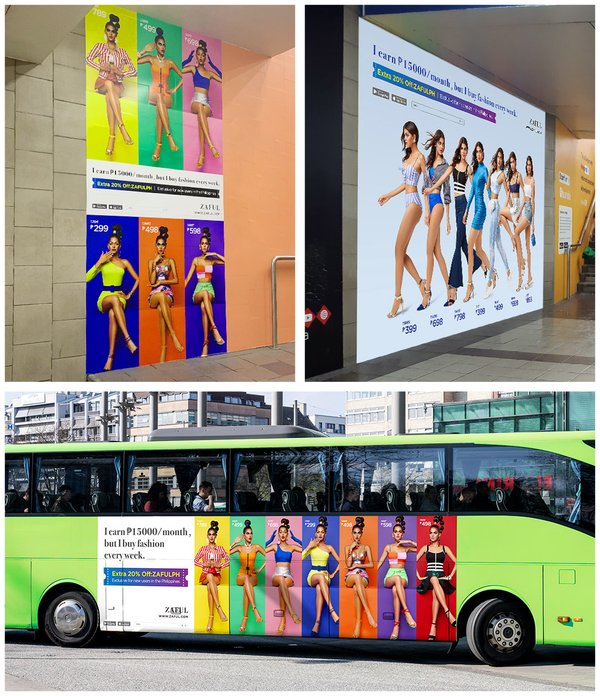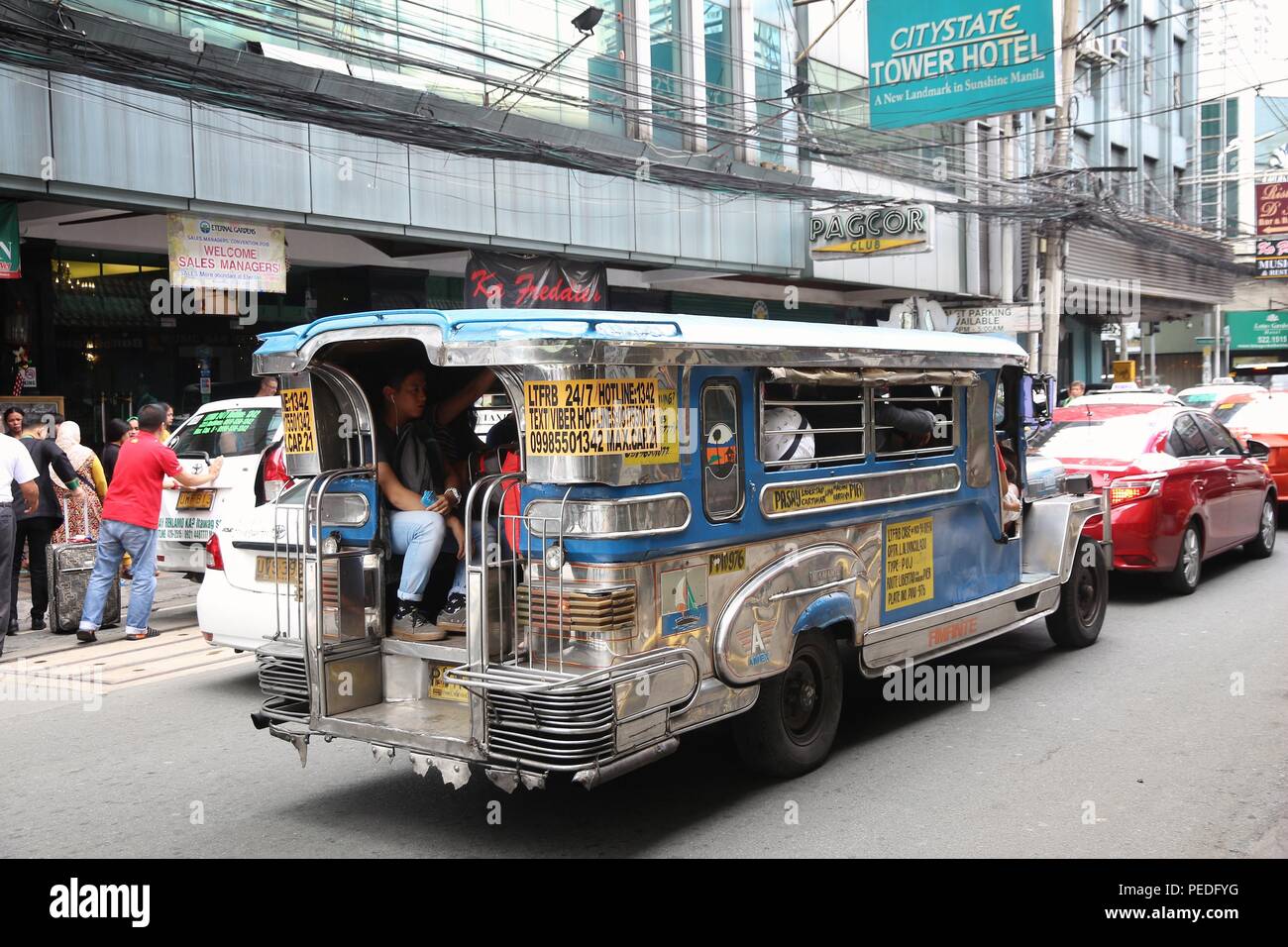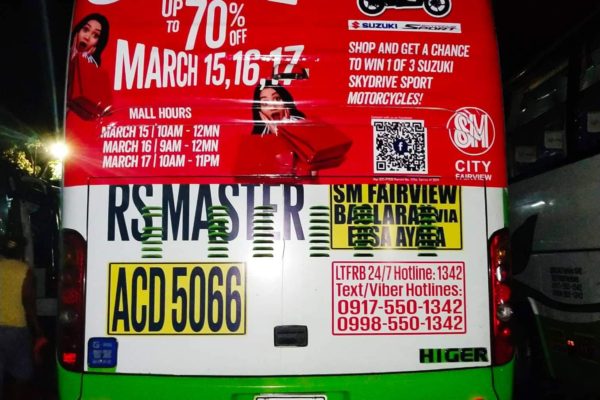Cost Effective Transit Advertising Philippines for Brand Understanding
Cost Effective Transit Advertising Philippines for Brand Understanding
Blog Article
Just How Transit Marketing Can Transform Public Transport Spaces Into Dynamic Marketing Operatings Systems
Transit advertising holds considerable capacity to redefine public transportation areas into vivid advertising platforms that inform and engage. As we check out the diverse benefits and advancing strategies of transit advertising and marketing, it raises the inquiry of how this makeover could redefine our communications with both brands and the city atmosphere.
Benefits of Transportation Advertising And Marketing

Furthermore, transportation advertising is very cost-effective compared to typical media. It enables marketers to attain high perceptions at reduced costs, making best use of roi. The captive target market of travelers provides a chance for brands to convey their messages to people who are typically responsive during their traveling times.
In addition, the vibrant nature of transportation advertising and marketing enables projects to be upgraded frequently, ensuring that messaging continues to be appropriate and timely. This adaptability can be essential in replying to market patterns or advertising events, maintaining the brand top-of-mind for customers. Last but not least, the prevalent existence of transportation marketing adds to brand recall; repeated exposure within familiar travel contexts reinforces brand name understanding and promotes consumer commitment, eventually boosting and driving sales brand name reputation.
Sorts Of Transportation Advertising
Mass transit systems give numerous styles for advertising, each accommodating different marketing approaches and target market involvement methods. One popular type is outside bus and train covers, which cover the entire lorry and create a mobile signboard impact, enabling for high presence in urban environments. These wraps can record interest as they traverse busy streets, getting to a varied audience.
Another prominent layout is interior advertising, that includes posters, digital displays, and advertisements on transportation seats. These positionings involve passengers during their journey, strengthening brand messaging in a restricted area. Digital displays, particularly, offer the benefit of dynamic content, allowing advertisers to upgrade messages in real-time.
Station marketing is additionally considerable, including posters, banners, and interactive kiosks within transit terminals. These advertisements take advantage of foot website traffic and can target details demographics based on area.
Last but not least, promotional partnerships with transportation authorities can result in unique campaigns, such as themed transit experiences or occasions, enhancing the overall engagement with travelers. Each sort of transportation advertising and marketing offers unique advantages, enabling brands to tailor their technique to properly reach their target market within the public transportation environment.
Involving Travelers Efficiently
Commuters are significantly flooded with advertising and marketing messages during their day-to-day trips, making it necessary for brand names to involve them in cutting-edge ways. To record focus in this congested space, marketers have to focus on imagination and importance. Utilizing eye-catching visuals and succinct messaging can considerably improve the chance of interaction.
Interactive components, such as QR codes or increased truth attributes, can likewise transform fixed ads right into immersive experiences, cultivating a deeper connection with the audience. Brand names need to concentrate on addressing travelers' passions and demands, customizing messages to resonate with their way of living, whether through promos for neighborhood businesses or services made to enhance their travelling experience.
In addition, timing plays an important duty; strategically putting ads throughout optimal travelling hours can maximize presence and influence. Involving travelers properly likewise involves leveraging social media assimilation, permitting passengers to share their promos or experiences directly from transit systems, thus amplifying brand name reach.
Basically, effective involvement depends upon understanding the commuter journey and creating engaging, interactive, and pertinent advertising experiences that not just catch attention yet also drive activity and commitment. By doing so, brand names can change public transport into a dynamic advertising and marketing system that reverberates with its target market.

Measuring Advertising Influence
Just how can brand names properly analyze the effectiveness of their marketing campaign en route environments? Determining the influence of transportation advertising needs a multifaceted technique that combines qualitative and measurable metrics. One common method is tracking interaction through mobile analytics, where brands can assess foot traffic patterns and app communications previously, during, and after projects.
Surveys can give valuable understandings into brand name recall and consumer view, permitting brands to determine how well their messages reverberate with commuters. Furthermore, keeping track of social networks involvement pertaining to certain campaigns can reveal shifts in public assumption and brand discussion.

Furthermore, collaborating with transit companies can boost measurement accuracy, as they often possess thorough group data on ridership trends. By integrating these methodologies, brands can develop an extensive understanding of their marketing performance, ensuring that their campaigns not just get to yet additionally influence their target market successfully.
Future Fads en route Advertising And Marketing
A substantial shift is anticipated in transit marketing as technological innovations and transforming customer habits improve the landscape. Transit Advertising Philippines. The integration of digital displays and multimedias is expected to boost interaction, allowing brands to provide dynamic content that resonates with diverse target markets. As public transportation systems embrace wise modern technology, advertisers see here now will leverage real-time information analytics to customize messages based on passenger demographics and habits
Moreover, increased reality (AR) is poised to transform the means travelers communicate with promotions. By giving immersive experiences, AR can transform an ordinary trip right into an engaging narrative that records focus and fosters brand name commitment. This advancement will likely urge advertisers to develop even more experiential look at this now projects that drive consumer interaction.
Sustainability is one more vital pattern affecting transit marketing. As ecological consciousness expands, brands will progressively look for to line up with eco-friendly methods, using sustainable products and advertising green initiatives within their campaigns.
Conclusion
Finally, transit marketing provides significant advantages by boosting brand name presence and engaging a captive target market. Through numerous styles, such as exterior wraps and electronic screens, it changes public transport into a vibrant advertising and marketing system. Effective interaction methods and robust dimension strategies additionally magnify its effect. As trends develop, the possibility for ingenious interactions in between travelers and brand names is poised to expand, ensuring that transit marketing remains a crucial component of modern-day advertising and marketing strategies.
Transit marketing holds considerable potential to redefine public transport areas into lively marketing systems that engage and notify. The prevalent existence of transit marketing adds to brand recall; repeated direct exposure within familiar traveling contexts strengthens brand name understanding and cultivates customer loyalty, eventually driving sales and enhancing brand reputation.
How can brands precisely analyze the effectiveness of their advertising and marketing campaigns in transportation settings?In conclusion, transit advertising and marketing supplies considerable advantages by boosting brand presence and involving a restricted audience. Transit Advertising web Philippines. As fads evolve, the possibility for cutting-edge communications in between brand names and travelers is positioned to expand, making certain that transportation advertising and marketing remains a vital component of modern-day marketing strategies
Report this page